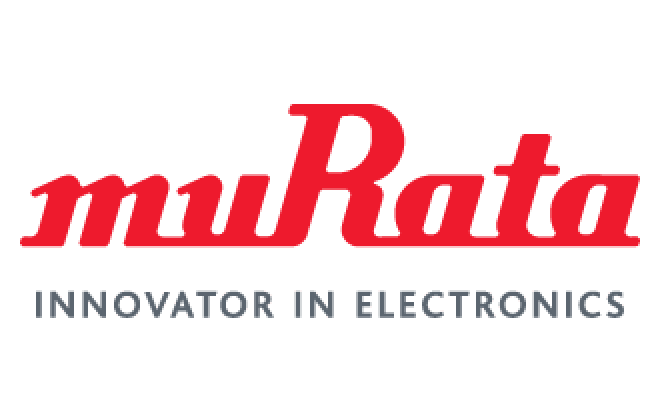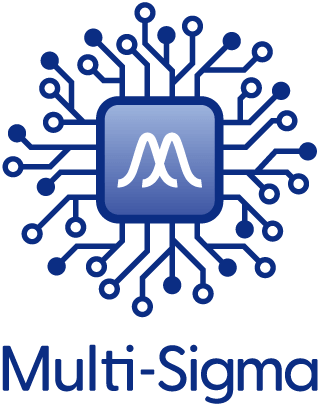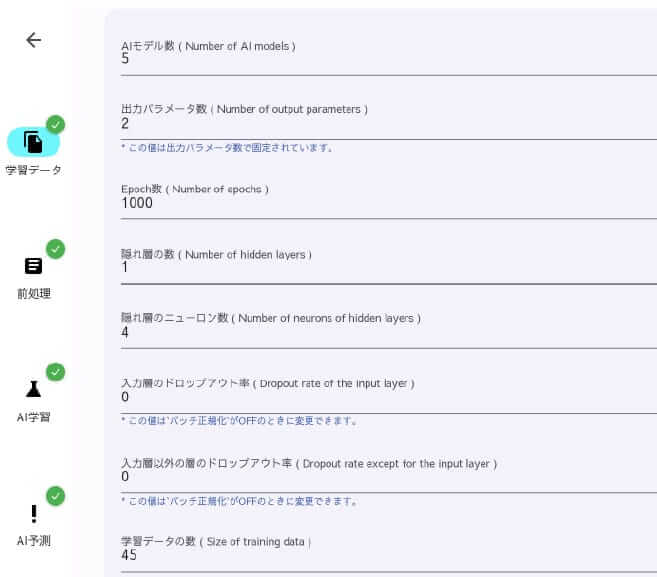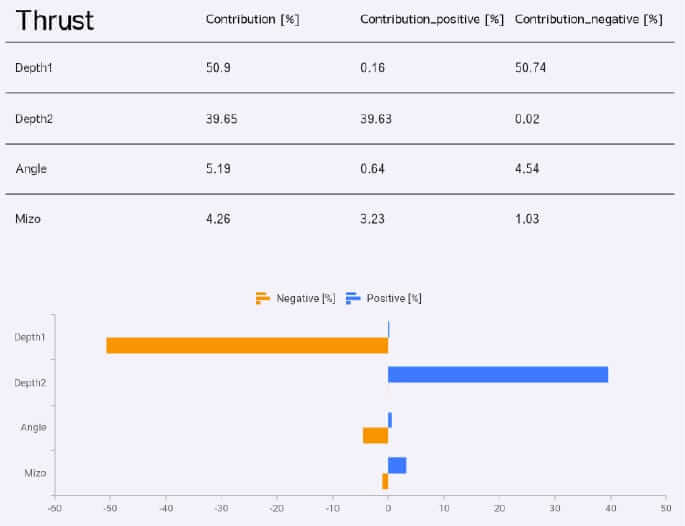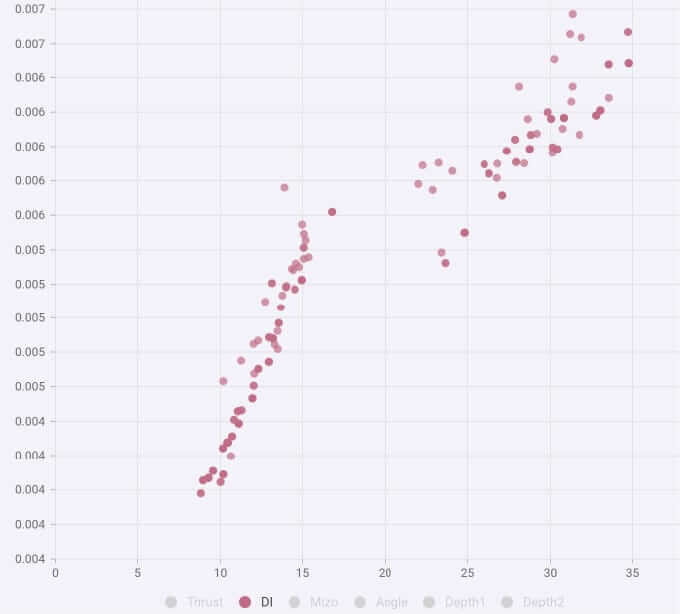Multi-SigmaBlog
We publish articles with information about Multi-Sigma updates and tips on how to utilize it effectively.
- Unlocking the Best Wake-Up with multiple AI: Optimizing Sleep Conditions through Multi-Sigma® AI Chain Analysis
- Using AI to Predict Global Warming Potential for Sustainable Refrigerant Design
- Multi-objective optimization of an advanced Lorenz cycle (ALC) using a surrogate model based on Multi-Sigma®
- Driving Innovation with AI Chain Analysis: Integrating Experimental Data for High-Performance MOF Development
- Exploration of next-generation solar cell materials using Multi-Sigma
- Multi-Objective Optimization of MEMS Sensor Manufacturing Process with Multi-Sigma®
- Dimensionality Reduction (1): Principal Component Analysis
- Monte Carlo Simulation using AI
- [Efficient Condition Exploration] Bayesian Optimization using Multi-Sigma
- Virtual Experiments Using AI Chain Analysis to Support the Modularization and Systematization of Production Processes





